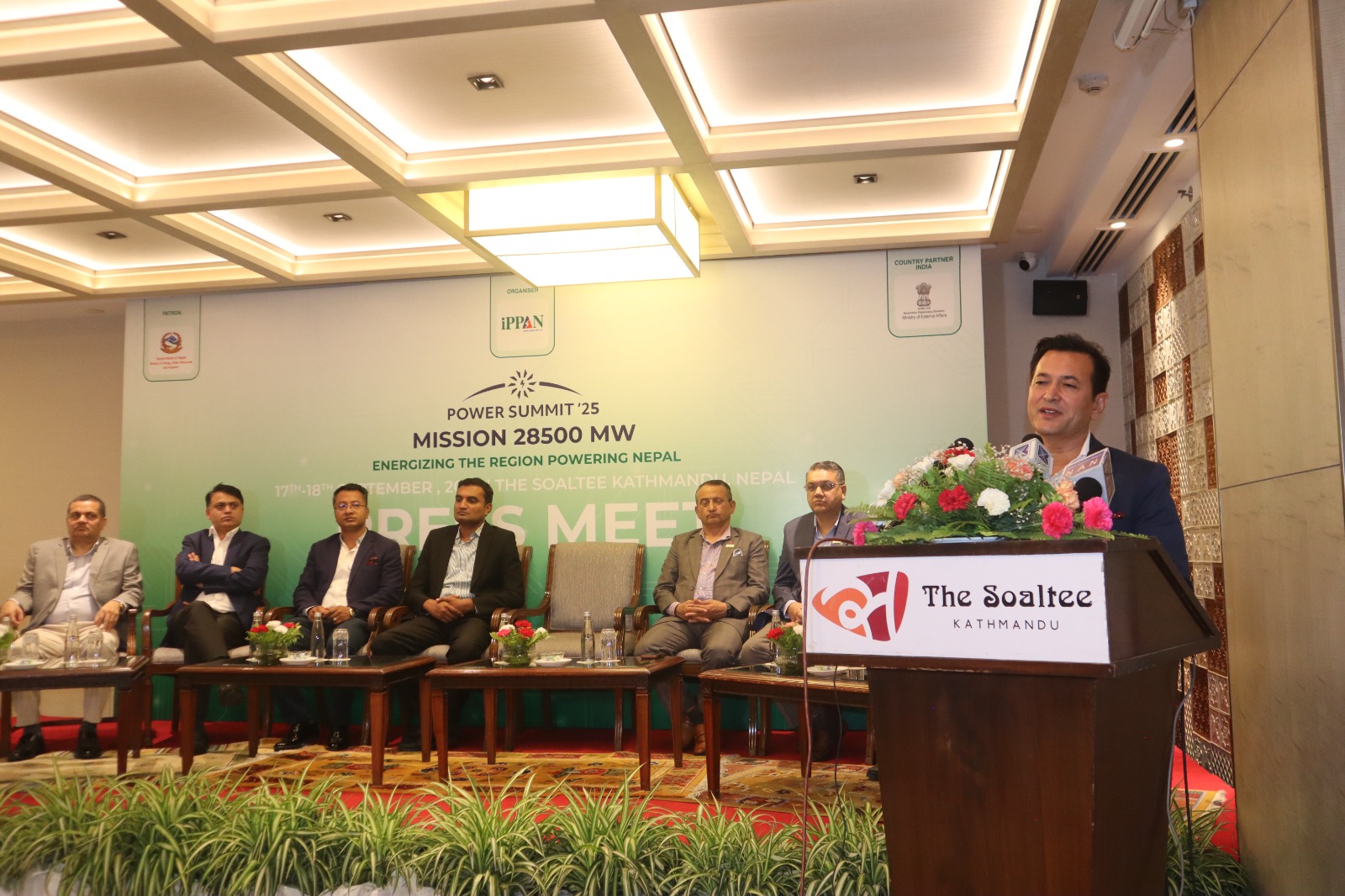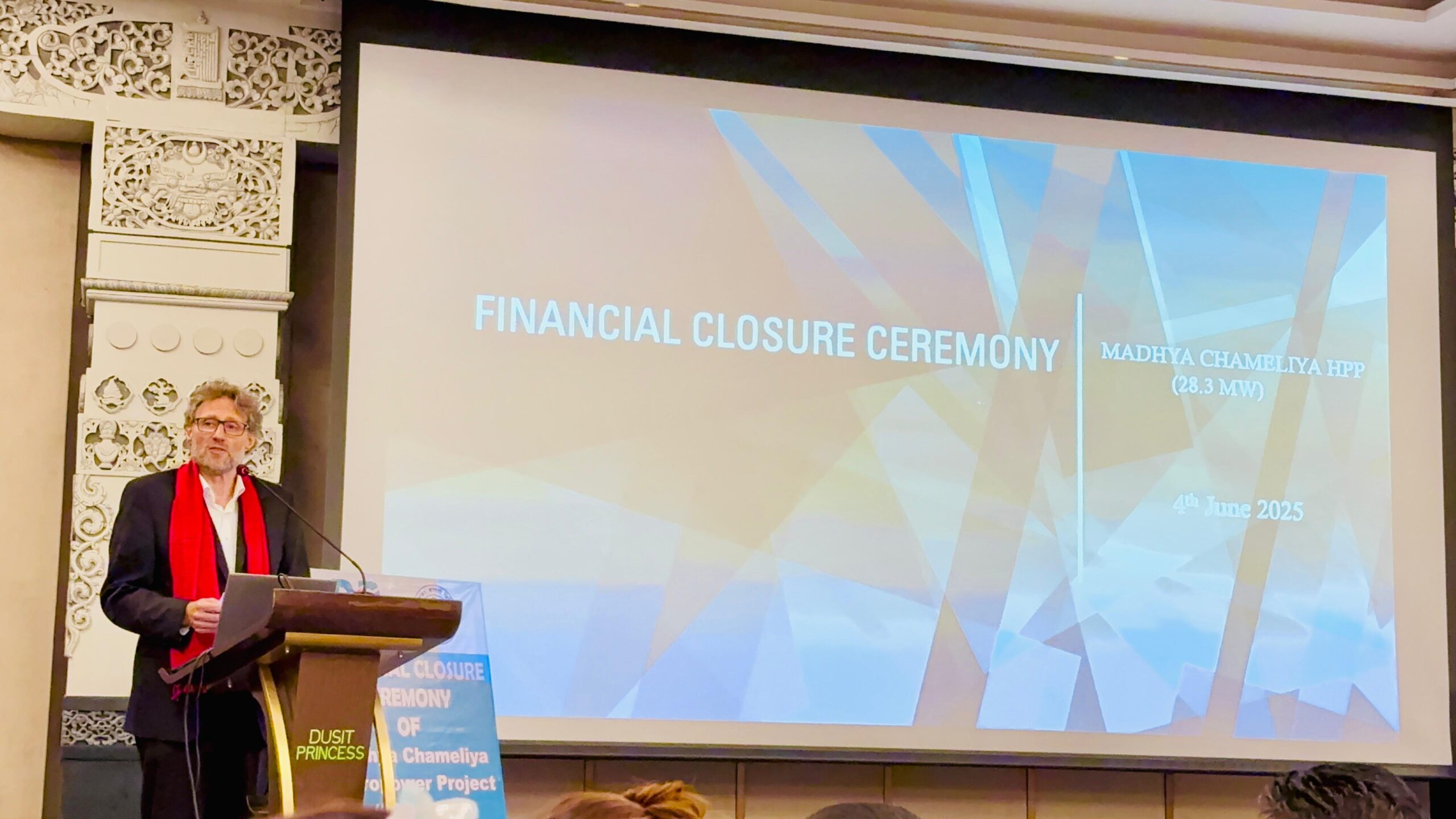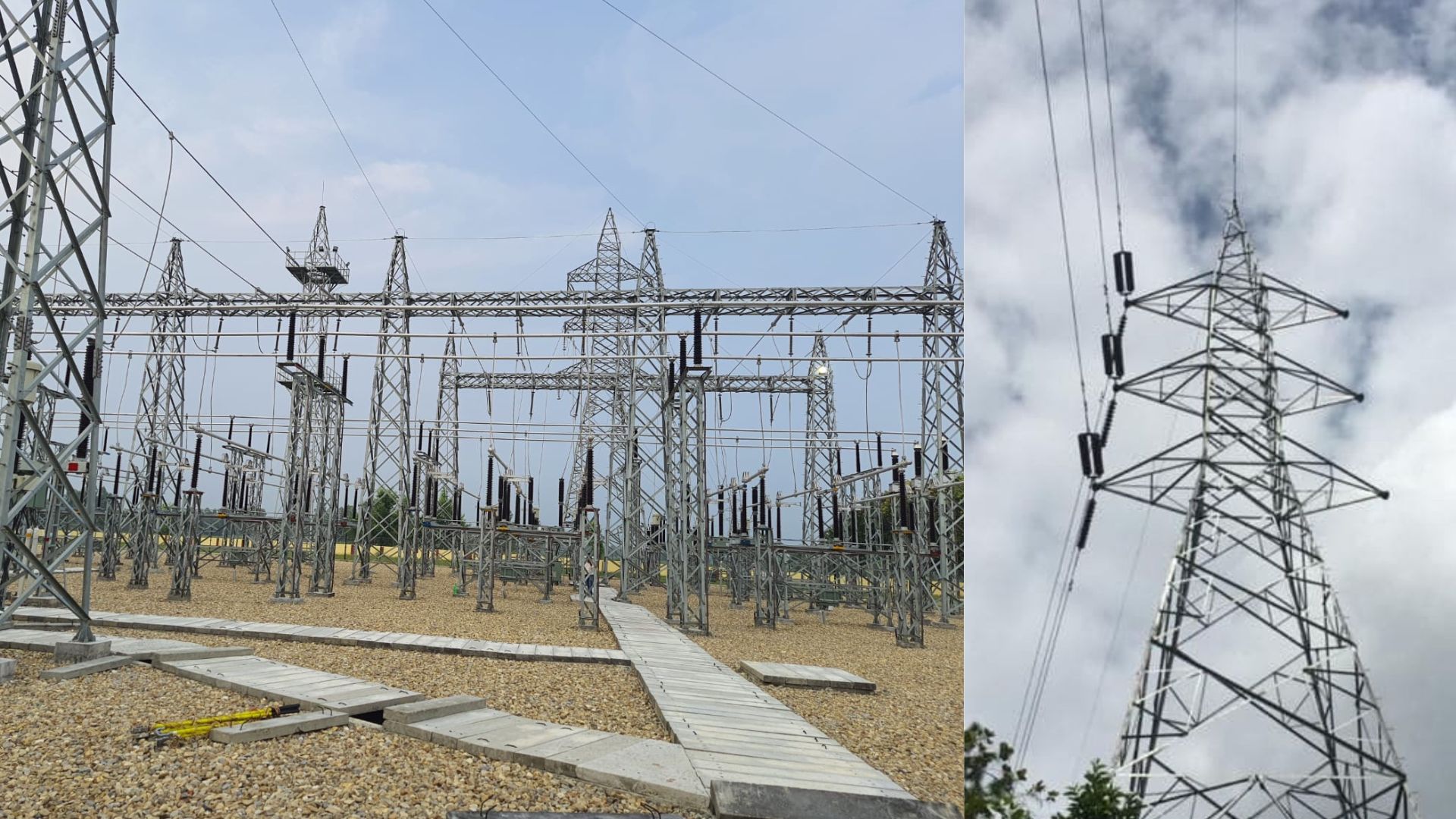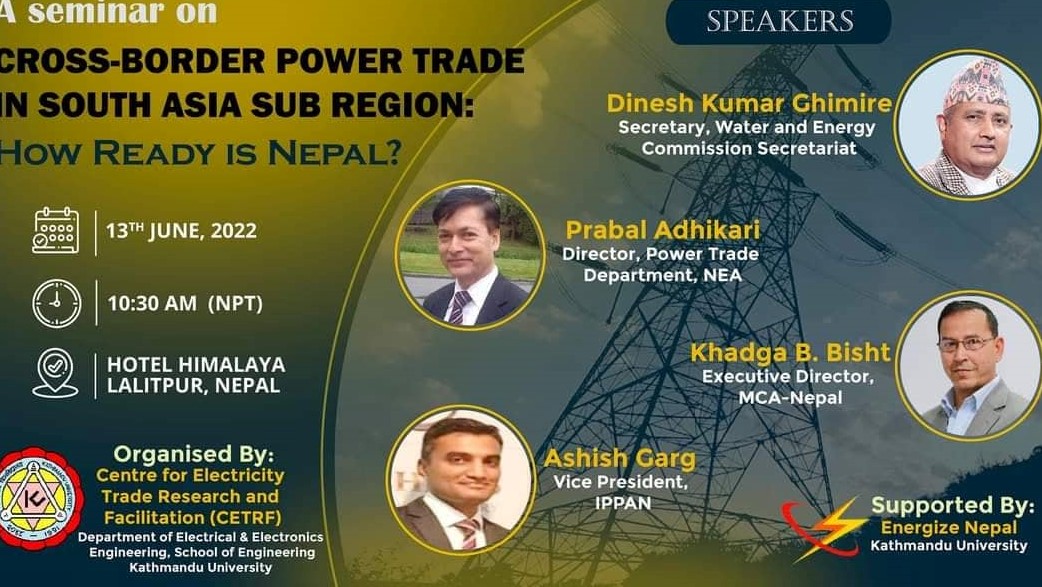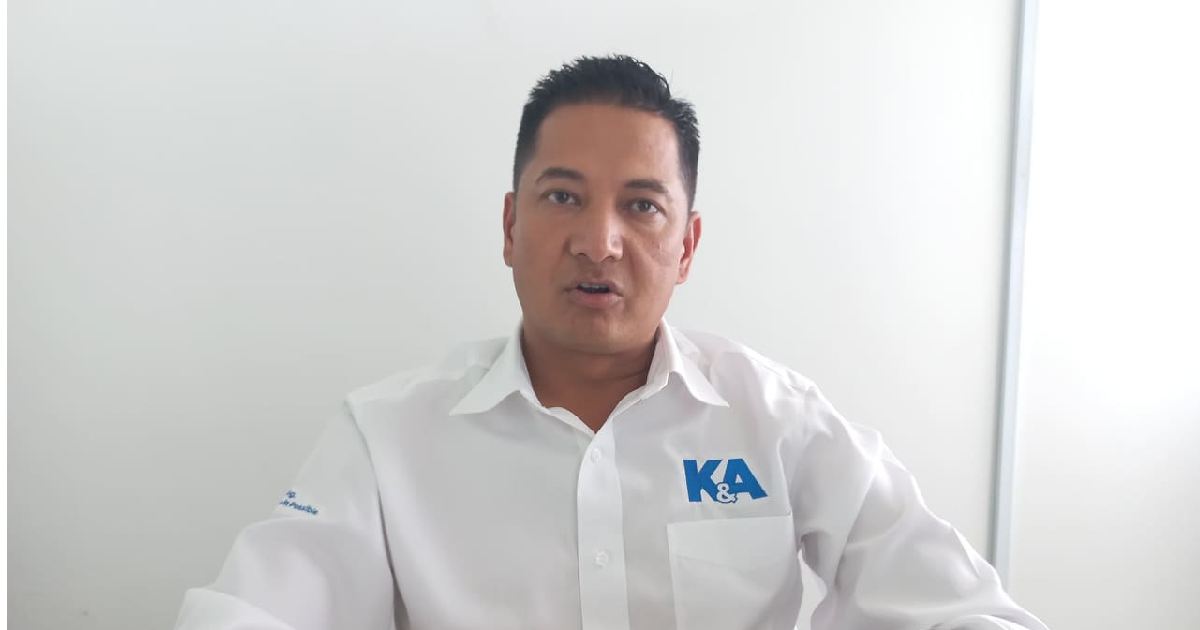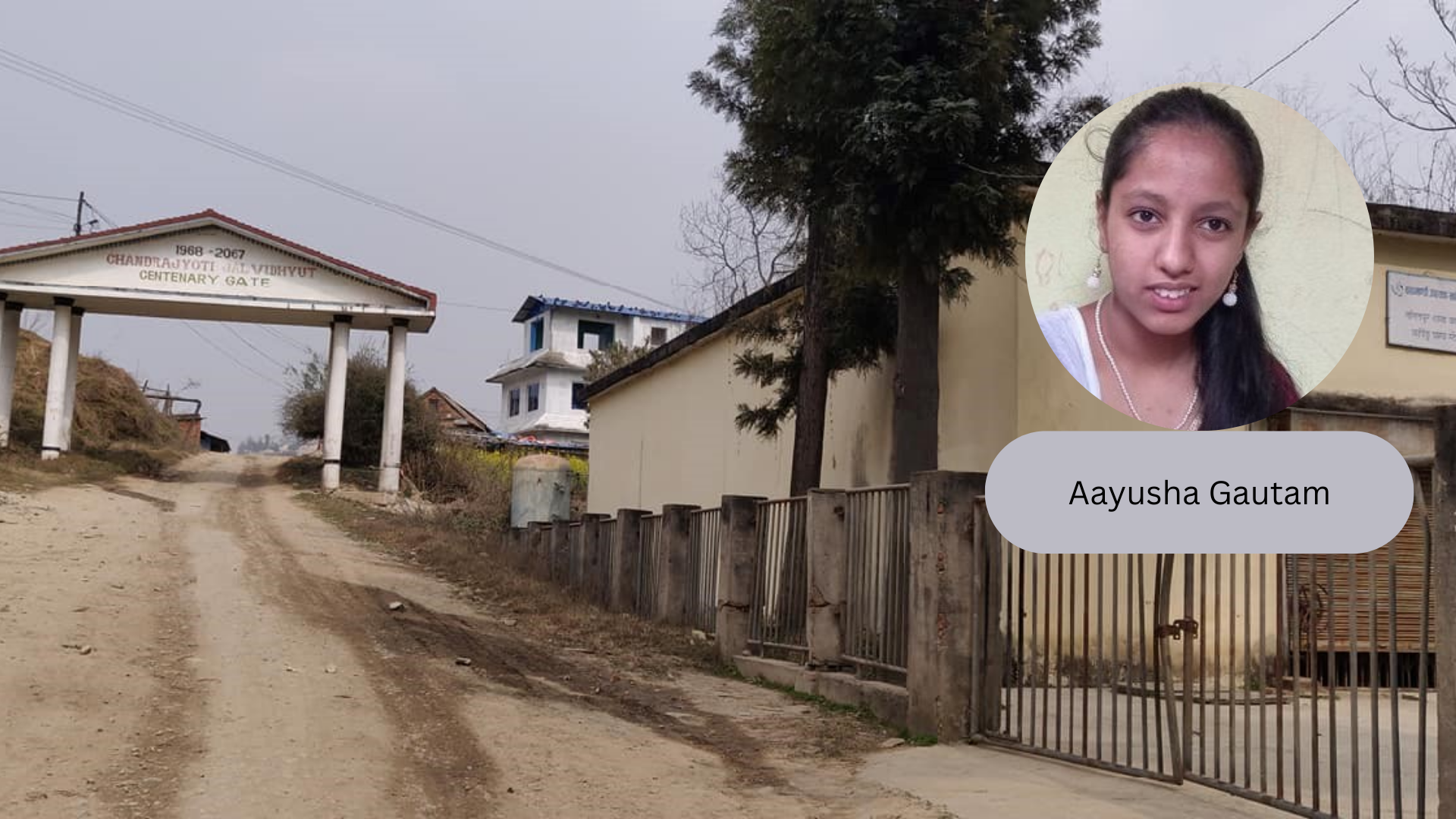
One fine morning at my school, one of my best friends throw a question to me: Do you know which is the first hydropower project in Nepal? As a daughter of a senior energy journalist, that question was not a hard nut to crack for me. Then my answer was- Pharping Hydropower Project- which is correct.
I have already read and heard a lot about that project. However, I had not got the opportunity to visit the historic hydropower project, which is not far from Kathmandu.
Thanks to the scout of my school- Nobel Academy, that organized a study tour of the project site and its members including myself. Scouters of grades 6,7,8,9 were taken there for the batch-distributing ceremony.
The visit provided me with an opportunity not observe the structure of the 111-year-old project. I also took the opportunity to learn about the cultural, geographical, and social aspects of Pharping of Makawanpur district.
We discussed holding huge curiosity about the project while traveling to the project, which was developed in 1968 BS with the initiative of Chandra Shumsher, then Prime Minister. We the Scouters reached there with our teachers.
I was amazed by the mesmerizing scene of the project site surrounded by lush green hills, terraces, and diverse floras.
It was already lunchtime when we reached the site. We found sky bridge there to have lunch enjoying the pristine natural beauty of the area. Then we descended towards the dam site of the project. After observing the structure of the dam, we headed towards the powerhouse of the project that generates 500 KW. I was so fascinated by the water flow through the tailrace to the powerhouse that operates the turbine to generate the power.
We tried to get information about the project and make note of that carefully and curiously. As we were informed Pharping hydropower’s construction was started in 1964 BS and took five years to complete.
The project was one of the unforgettable deeds of Chandra Shumsher and hence the project is named after his name- Chandrajyoti Hydroelectric Power Station until it was renamed as Pharping Power Project.
Plant was inaugurated by then king Prithvi Bir Bikram Shah on Monday, 22 May, 1911 at around 6: 30 Pm by turning the lights amid a function at Tudhikhel, Kathmandu. The power was used in the Royal Palace.
There is an interesting story about the power supplied to the palace. It is said that the then-king Shah was hesitant to use power fearing untoward incidents. Then the power was diverted to the houses of common people. Once it was proved that the power does not harm, it was redirected to lighting up the palace.
The project is under the ownership of Nepal Electricity Authority, a state-owned power distributor. In 2010, it was declared a Living Museum by the government of Nepal and was opened to the public.
The cost of the project was around Rs 713,000 at the time of construction. The project is not only generating power but also serving as a source of drinking water for local communities.
Pharphing hydropower is not merely a power project, it is more than that- it is an icon of electricity development in Nepal. It is also a source of inspiration to Nepal’s power producers.
However, it is unfortunate that even after more than 111 years, our country, which is considered the second richest in water resources has been able to generate only around 2200 MW.
When we reached there, I, on one hand, was so proud of the vision of our then Prime Minister for the development of hydropower, on the other hand, I was so disappointed to see the very snail-paced progress of hydropower development in our country.
In addition to the electrifying local area, the project unleashed the potential for tourism becoming an attractive spot for hiking, picnicking, educational study, and sightseeing. I, along with my friends and teachers, also did not miss the opportunity to go hiking which is my first-time experience.
After the visit to the project site, I realized that even a micro-hydro project can contribute to employment generation, tourism, and local development.
I wish the glory of Pharming hydropower be upheld forever for inspiration to promote hydropower generation in Nepal at a rapid pace.
(Aayusha studies in grade 8 at Nobel Academy)


